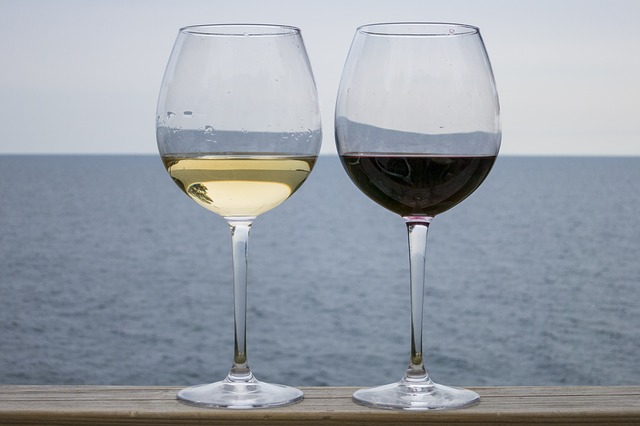Breaking Down the Nose of a Wine- Part 3
by Michele Pesula Kuegler
In the past two weeks, I have covered the first two parts of breaking down the nose of a wine. If you haven’t read them yet, you can read Part 1 here and Part 2 here. The summary of each is that Part 1 covered the primary aromas, and Part 2 covered the secondary aromas. Following this pattern, I will discuss the tertiary aromas in Part 3.
Tertiary aromas
Tertiary aromas are centered around aging. Thus, if it’s 2021 and you are drinking a 2020 Sauvignon Blanc, you can skip this part of a wine tasting. A young wine will not have any of these qualities. Having tertiary aromas (or not) does not make a wine better; it just makes it different.
Tertiary aromas only form after some time has passed since the wine was fermented. There are three specific qualities that we are seeking:
- Maturation
- Oxidization
- Development
Maturation
When we speak about a wine’s maturation, we are referencing pre-bottling maturation. For the majority of wines that undergo maturation, it is done in the presence of oak. Whether it be old or new oak barrels, oak staves, oak chips, the oak is an important part of the maturation process.
When seeking the aromas of maturation in white wine, you will be looking for things, such as baking spices, mushrooms, and honey. Red wines also may have the aroma of mushrooms, as well as leather and earthy or gamey scents.
Oxidization
Oxidization is what it most likely sounds like- the wine’s exposure to oxygen. Again, this occurs pre-bottling. When wines are aged in oak barrels, they also are exposed to oxygen. This exposure occurs not only because the barrel isn’t completely full, but also because oak barrels are porous and allow oxygen to enter the barrel.
Oxidization presents similar aromas in both red and white wines. The aromas you will be sniffing for are almond, walnut, and toffee.
Development
Development is what happens after the wine has been bottled. The bottle of Cabernet Sauvignon may have been made with grapes harvested in 2018 and sat in oak barrels for two years of maturation, but a wine such as this will continue to develop in its bottle before reaching a prime drinking age.
Development will produce aromas of dried or cooked fruits in both red and white wines. As you are sniffing the wine, look for the same fruit scents you detected in the primary aromas and see if those fruits smell more like they have been cooked, stewed, or dried, as opposed to having the scents of the freshly picked version.
Now that you have studied primary, secondary, and tertiary aromas, you have learned about all of the scents you should be seeking in a wine tasting. As always, you will only get better if you keep practicing. Find a friend who enjoys wine, open a bottle to share, and let the practicing begin.

